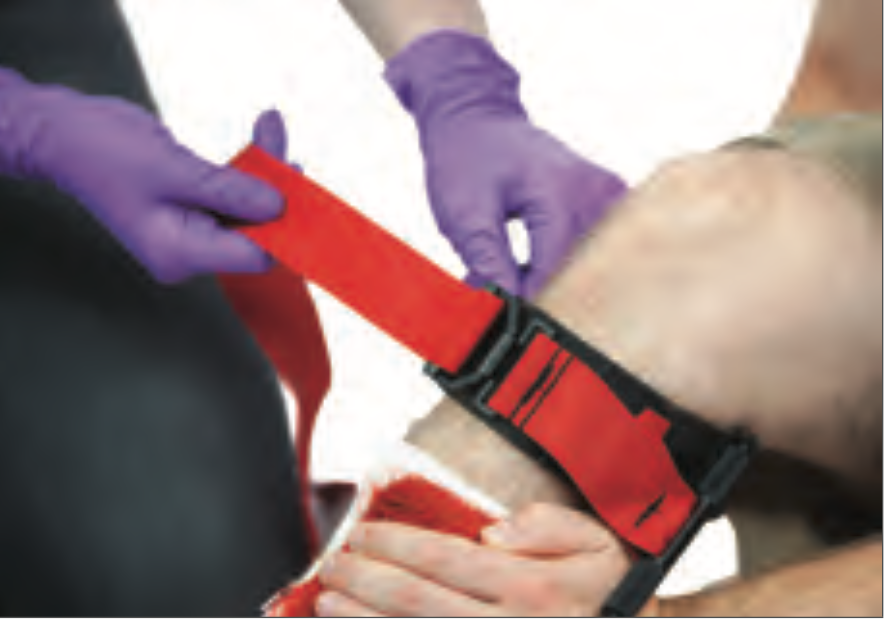Severe Bleeding: How to Use a Tourniquet
- Oct 31, 2017
While most bleeding can be treated with direct firm pressure using gauze or cloth, sometimes severe bleeding can only be stopped by using a tourniquet. A tourniquet is a device placed around an arm or leg to constrict blood vessels and stop blood flow to a wound.

During recent terror attacks in Boston, Orlando and Las Vegas, the early application of tourniquets saved the lives of dozens of trauma victims who were experiencing severe bleeding from their arms and legs.
When should I use a Tourniquet?
- Severe, life-threatening bleeding to the arms or legs that cannot be controlled with direct pressure.
- A wound in a physical location that makes it impossible to apply direct pressure (e.g., a person with a leg trapped under a rock).
- Gunshot injuries or bomb blast wounds in an unsafe scene.
How do I use a Tourniquet?
- Send someone to call 9-1-1 and have someone apply pressure to the wound using a clean gauze or cloth.
- A commercially made CAT tourniquet is preferred. These are quick and easy to use. Familiarize yourself with the tourniquet in your home or workplace First Aid kit.
Most tourniquets are applied the same way:

Place the tourniquet around the wounded limb about 2 inches above the wound. Avoid placing it over a joint.

Secure the tourniquet tightly in place.

Twist the rod (windlass) to tighten the tourniquet until bright red bleeding stops flowing from the wound, and secure the rod in place using the clip or holder.

Note the time you applied the tourniquet and give this information to EMS personnel when they arrive.
Do not remove the tourniquet.
If you don't have a commercially manufactured tourniquet, you can make one using a strip of soft material 2-4 inches wide and a sturdy stick. Tie the stick into the material and twist to tighten the tourniquet.
Learn how to apply a tourniquet and care for many other emergencies in a First Aid CPR AED certification course
Bleeding | First Aid | Tourniquet | Trauma |




